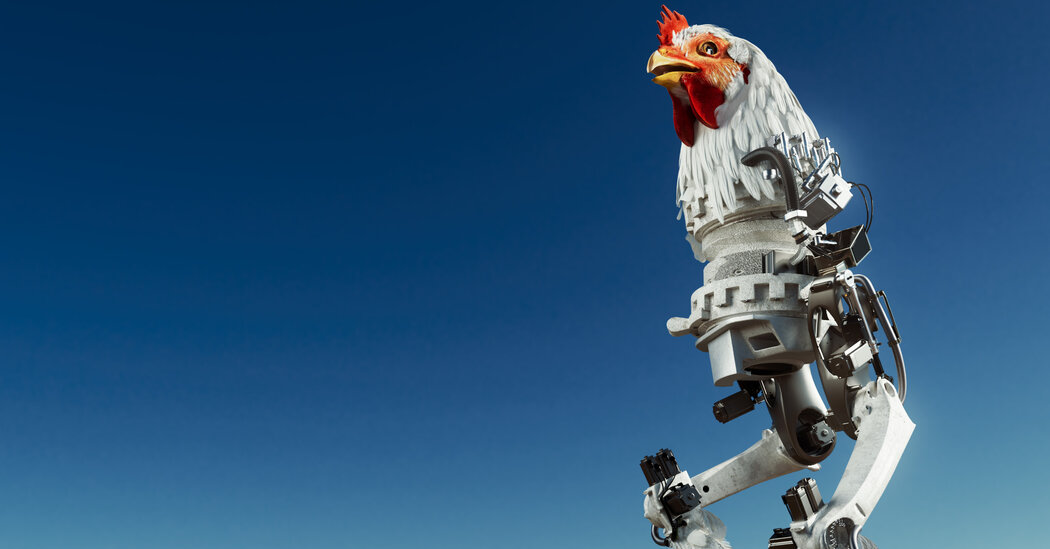There is insight to be gleaned from Toplyn, McKee and the U.C.B. But at the heart of their entire enterprise is a lie, or at least a simplification. No theory of comedy that I have read captures it all because art can’t be boiled down to a recipe. And jokes, which include everything from puns and pratfalls to shaggy dog stories and satirical barbs, are especially varied and complex. As the cartoonist Saul Steinberg put it: “Trying to define humor is one of the definitions of humor.”
In an introduction to a new book of poems produced by A.I., “I Am Code,” the poet Eileen Myles is shown the work and finds it badly derivative. There’s already a program producing formulaic poetry, Myles says, before quipping: “It’s called the M.F.A.”
There are elements of math to comedy and poetry (iambic pentameter requires an ability to count), but we must not reduce them to that. The subconscious, the source of much creativity, cannot be mapped so neatly. And the closer you look at great art, the more you realize that parts of it cannot be entirely explained or predicted. This is especially true for comedy. The funniest aspects are often those that resist logic. A.I. will figure out sarcasm before silliness.
To use the most popular blockbuster of the summer, Weird Barbie is the funniest one. That said, Stereotypical Barbie gets a different kind of laugh, one that might help explain that rout at the roast battle. Rigid characters trying and failing to escape their mechanistic situation is classically funny. (Think of Charlie Chaplin trapped in the gears or Lucille Ball at the chocolate factory.) Henri Bergson, one of the first great modern philosophers of humor, who was wise enough to reject “imprisoning the comic spirit in a definition,” saw comedy as a corrective to Industrial Age automatism. He believed that we laughed as a response to people acting like machines.
Bergson saw comedy as distinctly human. That may be in part because he understood that it’s deeply, inescapably social. We not only laugh more in groups, but also what we find funny depends on who is telling the joke. A punchline about a car crash will be hilarious to one person and offensive to another. Artificial intelligence can come up with jokes, but it can require emotional intelligence to make them work. What makes people crack up is not just the joke but also the connection with a human consciousness telling it.
Maybe audiences could make a similar connection with a sophisticated computer of the future, but the Catch-22 for A.I. humor is the further it gets from seeming human, the more unfunny it seems, but the closer the imitation, the creepier it becomes as it falls deeper into the uncanny valley. After the robot revolution, what may save human comedy from irrelevance is our own deep-seated tribal biases. We like to laugh at our own.
